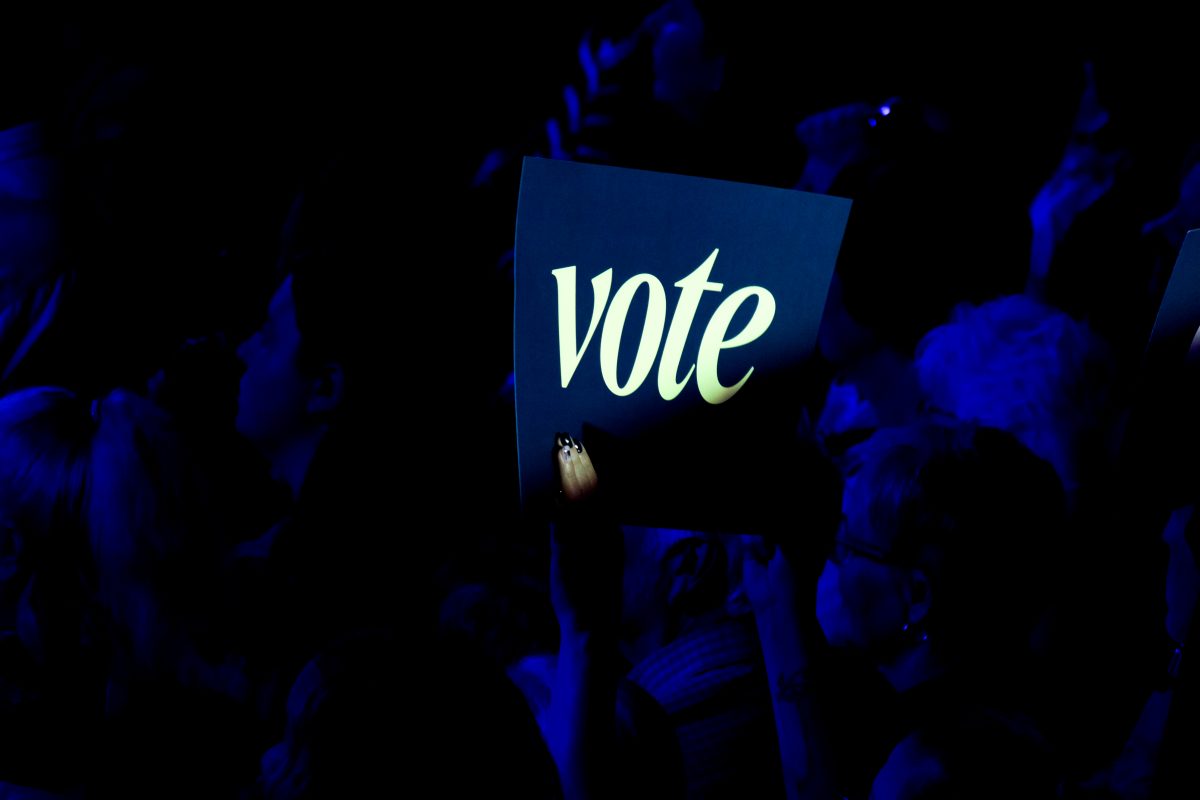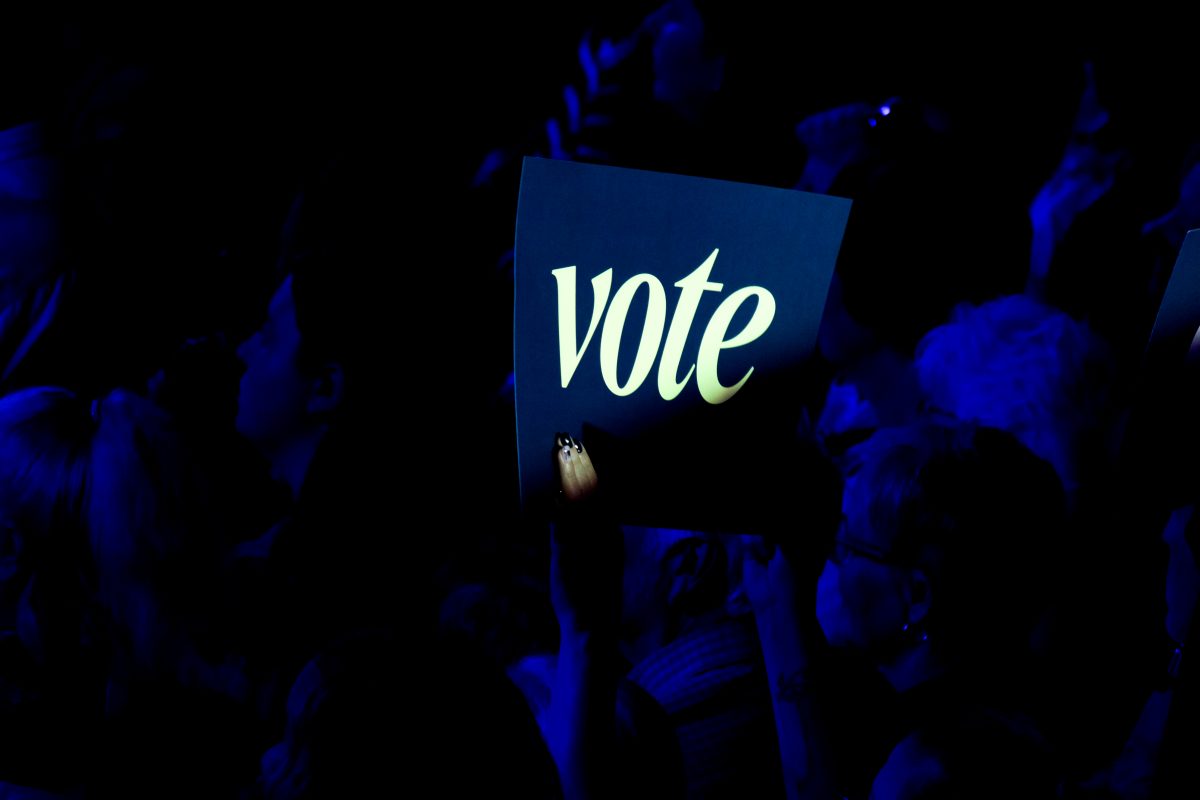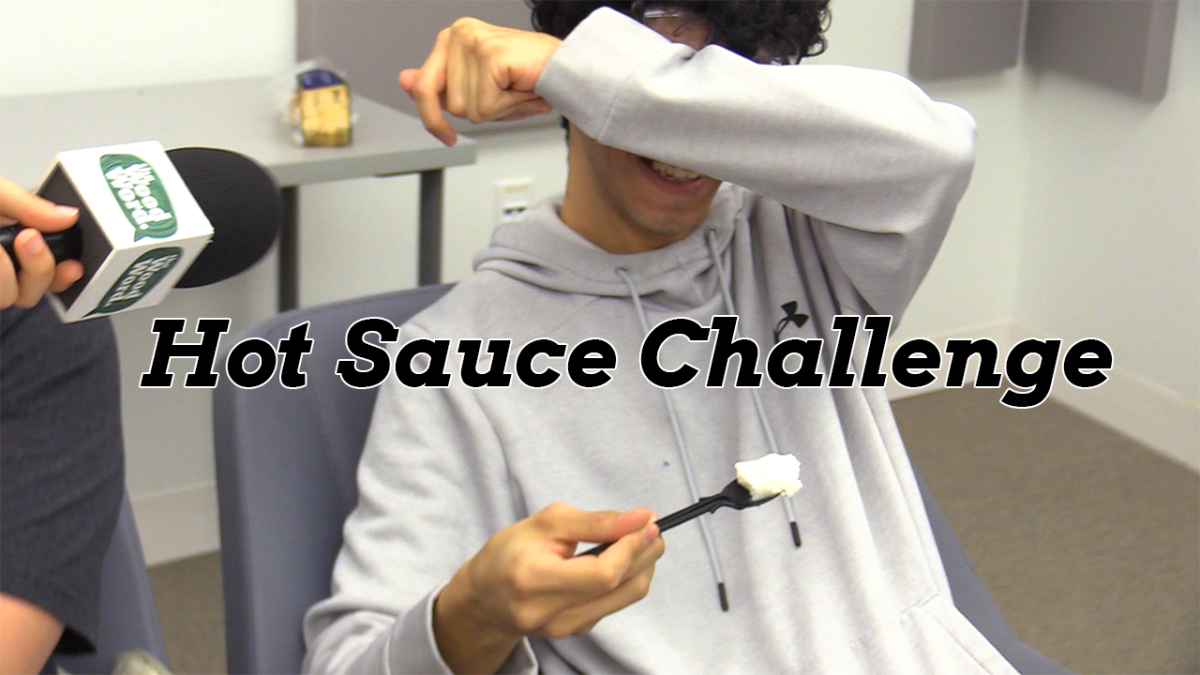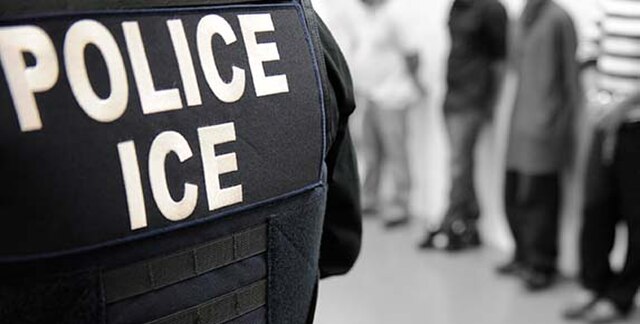By Kevin Zwick
Outlook Editor
“You see things; and you say, ‘Why?’ But I dream things that never were; and I say, ‘Why not?’” – George Bernard Shaw
Being a student of history, I know the historical significance of the 2008 presidential election. The economy is in a once-in-a-century crash, the country is fighting two wars, and there is a feeling that we need a change in the way politics is currently handled in the United States, since the failure of the Bush Administration. This election is going to be classified in the category of a “realigning or transforming election,” and will most likely be as important as the 1932 election of Franklin Delano Roosevelt during the Depression, the 1968 election that saw the near collapse of the Democratic Party, and the 1980 election which brought about the era of Reagan Conservatism.
The election of Barack Obama is not only significant for the fact that he is the first African-American elected president of the free world, but it shows that a majority of the United States is ready to turn the page on the “Politics of Division” in America.
In the 1968 election, Republican Presidential Candidate Richard Nixon developed a “Southern Strategy,” which exploited racial tensions in southern states. Southern Democrats who opposed the Civil Rights Act of 1964 either voted for Republican Richard Nixon or Third-Party candidate George Wallace, who ran openly against black civil rights. In the 1972 election, Republican incumbent Nixon fully adopted the Southern Strategy, which helped propel him to the presidency once again.
Ever since the 1968 and 1972 elections, the southern divisive strategy has been a part of the Republican playbook. The Republican Party had given up basically on appealing to black voters since it adopted the Southern Strategy, while the Democratic Party was supportive of the black civil rights. Even in the 2000 presidential primary election, the Southern Strategy was used on the Republican Party’s own John McCain. In South Carolina, residents received “Robo-Calls” saying John McCain had an illegitimate black child, even though the child was actually John McCain and his wife Cindy’s adopted child from Bangladesh.
In the 2008 presidential election, a different kind of divisive strategy was used. Many surrogates of the McCain Campaign stressed Barack Obama’s middle name, which happens to be Hussein. The use of this name caused rally audience reactions, such as “Terrorist” or “Kill Him,” referring to Democratic Candidate Obama. The McCain campaign also hired the same “robo-call” company, which destroyed John McCain in the 2000 election, to send out calls that tried to smear Barack Obama.
But on November 4th 2008, the American people spoke, and they said the divisive tactics of the 20th century have no future in American Politics. “The strategy of using race is, for the most part, dying out, as the nation as a whole accepts a more diverse view of what American Society is capable of,” says Ryan Mayberry, a Republican student at Marywood University.
“The election has the potential of being a transforming election, in which you have a new type of majority taking place in this country,” says Mayberry. This new majority has been achieved by the Obama Campaign, not only by solidifying the base of the Democratic Party, but also by reaching out to Republicans, independents, and by expanding the electorate. To expand the electorate, the Obama campaign undertook a strategy which focused on registering voters that would be attracted to the Democratic Party, but had not yet been registered. This included relying heavily on youth registration and turnout.
“The big thing with me this election was the number of young people that actually impacted the election,” says Dana Fortunato, a junior, who spearheaded the Marywood University College Democrats’ Get-Out-the-Vote operation on campus. “We sat at tables, threw stuff under student’s dorm doors, and got cursed at, but it paid off,” says Fortunato. The precinct where students at Marywood University voted saw an 80% turnout, which provided Barack Obama with roughly 700 votes and John McCain roughly 290. This added to Lackawanna County having the largest margin of victory (63%-36% for Obama) among Pennsylvania counties, second only to Philadelphia County (83%-16% for Obama).
Youth voters, those under the age of 30, voted 66% for Obama and 32% for McCain, which was nearly four times the size of John F. Kennedy’s lead with youth voters in 1960, where famously “passed the torch to the next generation.” The fact that youth voters are increasingly voting more and more against what their parents vote, shows that there is a change in what voters care about in both policy and the way politics in America is handled.
Most of the youth voters who voted in the 2008 election grew up in an era of divisive politics, driven mostly by Karl Rove’s politics of division and fear. These voters have been driven away by divisive political tactics, which are some of the main reasons they flocked to Obama and his message of post-partisan politics.
In the end, the majority of the American People decided that they will not fall for the politics of division, especially in times of financial chaos. Obama will not change things overnight, but his victory in this election has already caused widespread change. This part of his acceptance speech sums it up:
“….to all those who have wondered if America’s beacon still burns as bright, tonight we proved once more that the true strength of our nation comes not from our the might of our arms or the scale of our wealth, but from the enduring power of our ideals: democracy, liberty, opportunity, and unyielding hope.”











